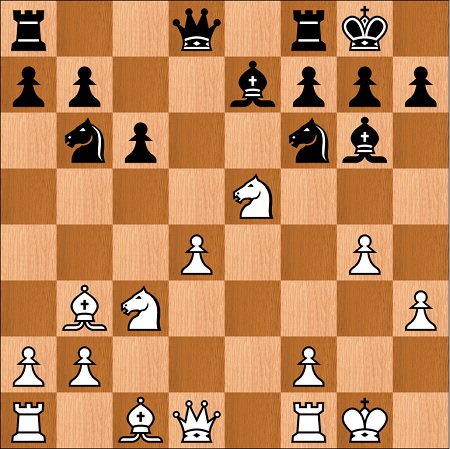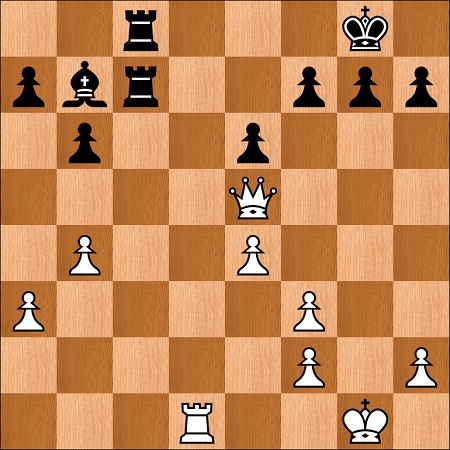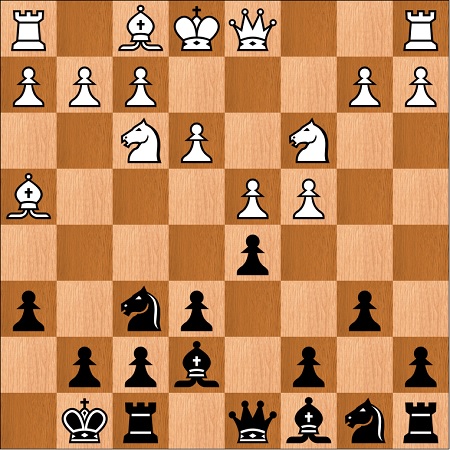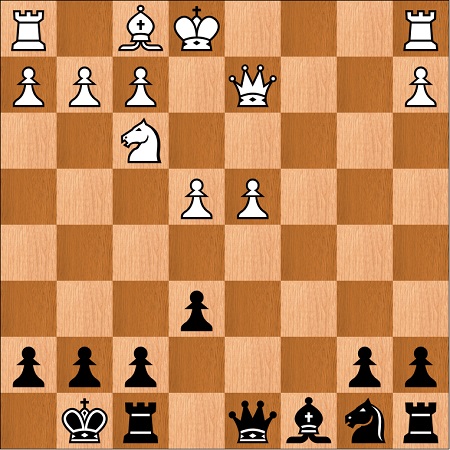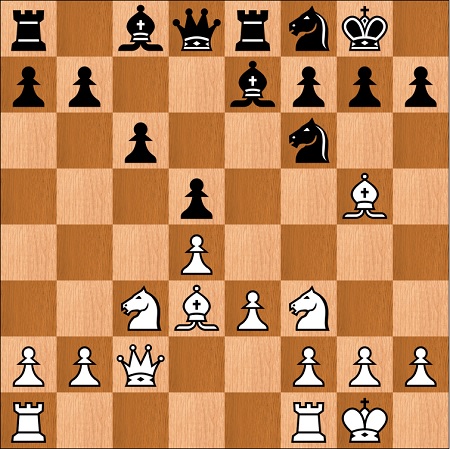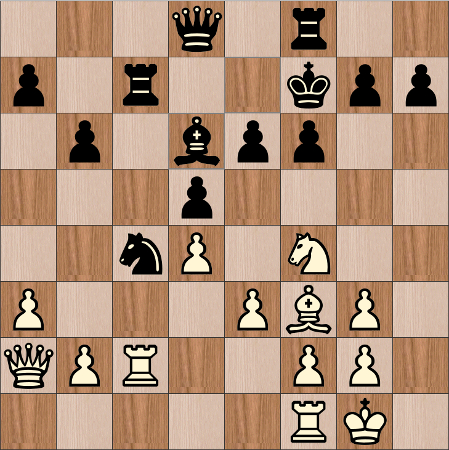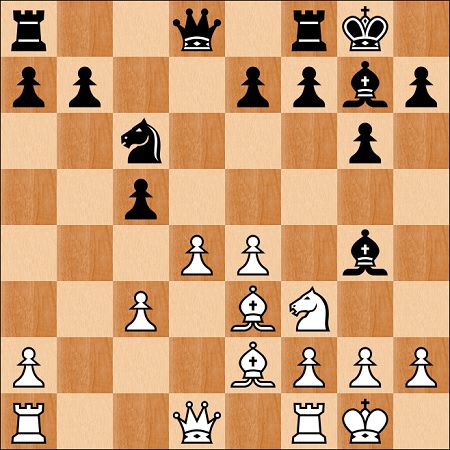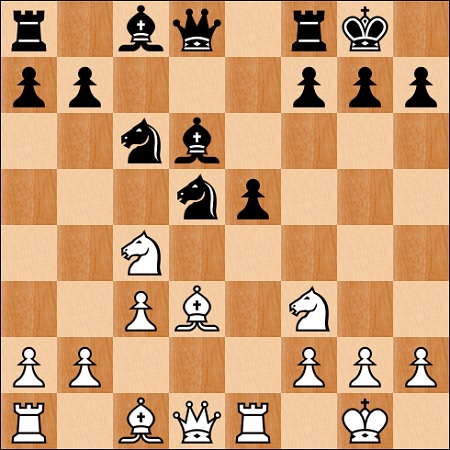I did not follow the recent World Championship match very closely but looked in from time to time to see if there was anything useful for myself or my students. I did find some interesting elements from a psychological point of view, particularly the opening choices and Jan Nepomniachtchi's reaction to game six. In the first five games it had looked quite evenly balanced but then the sixth was 7 hour 47 minutes/136 move win for Magnus Carlsen. Carlsen remarked: "I thought I should make the game as long as possible so that we would both be as tired as possible when the critical moment came."
After this there followed three wins for Carlsen and two draws, with Nepomniachtchi playing well below his best. It could reasonable be described as a collapse, and these are the lessons that I think can be learned:
1) Lengthening a game to break an opponent down psychologically is a well known approach. Many players have used it in the past but for Carlsen it appears to be his special weapon.
2) Nepomniachtchi seemed well aware that stamina could be important in long games, coming to the event looking slim and fit. Whether he was psychologically prepared for marathon torture sessions is another matter.
3) Carlsen's opening preparation vs 1.e4 was very astute; Nepomniachtchi loves the initiative which Carlsen denied him by being prepared to sacrifice a pawn with the Marshall Gambit (1.e4 e5 2.Nf3 Nc6 3.Bb5 a6 4.Ba4 Nf6 5.O-O Be7 6.Re1 b5 7.Bb3 O-O 8.c3 d5 9.exd5 Nxd5 10.Nxe5 Nxe5 11.Rxe5 c6). This was probably a big surprise as Carlsen had never played that way before, and indeed the reigning Champion had evidently decided that he should keep the initiative in other positions too.
4) Nepomniachtchi's opening preparation as Black looked very professional on a technical level, but he found himself in positions that suited his opponent more than they suited him. This made me wonder if he should have eschewed his usual choices of the Gruenfeld (1.d4 Nf6 2.c4 g6 3.Nc3 d5) and Sicilian (1.e4 c5), notwithstanding the fact that Carlsen would have been ready for them.
5) It could probably have been predicted that Carlsen would have something good ready for the Ruy Lopez (1.e4 e5 2.Nf3 Nc6 3.Bb5), and this suggests that having an alternative weapon ready might have been useful. Indeed Garry Kasparov sidestepped Anatoly Karpov's preparation for the Ruy by using the Scotch (1.e4 e5 2.Nf3 Nc6 3.d4) in a number of their games.
What now for Jan Nepomniachtchi? He certainly gained many supporters with his graceful comportment during defeat, but he will need to do much more if wants to revisit the highest arena. Being able to handle events like game six seem vital when playing against Carlsen, and adding a psychological element to his opening choices would also make sense. Most of all it would make sense for him to work on the technical side of his game, Carlsen evidently felt he was stronger in positions where Nepomniachtchi was deprived of the initiative, and this gave him a clear plan of how to play the match.
Nigel Davies
